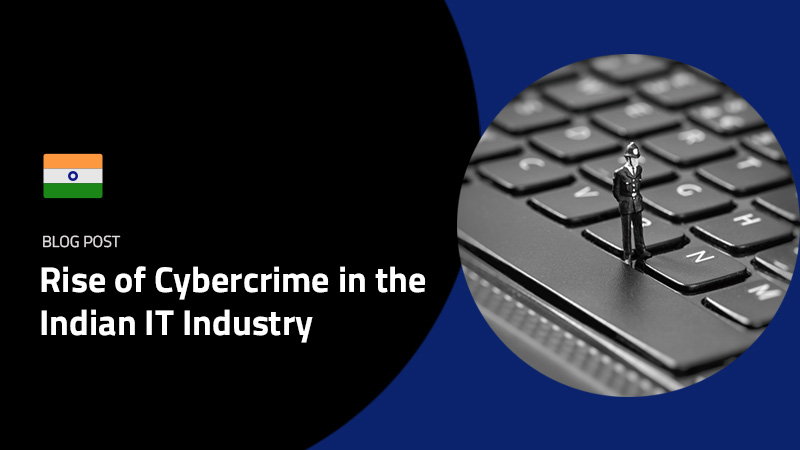Legions of wannabe spouse cheaters were exposed to the world in August after a massive data breach of the Ashley Madison website.
The website claims to provide hookups for married people who want to have affairs. In July, hackers stole the data of millions of users, then threatened to release it unless the website shut itself down. When the site refused, the hackers released names and credit card information in August.
It’s not clear yet whether this attack is external or internal, but it is worth noting that most data breaches come from employees. In fact, the eccentric software security mogul John McAfee claims this hack was an inside job. “It’s difficult for an external hacker without some inside knowledge to be able to navigate and find that kind of data,” Greg Thompson, vice president of operational governance for Scotiabank, told the Toronto Star.
While Ashley Madison has not released information on how the hack happened, attacks often rely on a critical first step: malware being introduced into a system via an unsuspecting employee.
The employee may attach a USB drive to their computer, or click on a link in a phishing email. This case should serve as a reminder to install employee monitoring software. “While threats to data security and privacy are often perceived to come from the outside, all signs point to internal threats being just as dangerous, intentional or not.” – CSO Online Here’s a look at what monitoring software can do:
- Send an alert when a USB is inserted into a company computer
- Ensure no one is sharing protected company information
- See what websites an employee is accessing
- Track chats and keystrokes
Monitoring program Digital Endpoint is among the programs that can keep track of downloads and uploads to USB devices. Visit our website for more information.
Let us know what you think through the comments section below!






